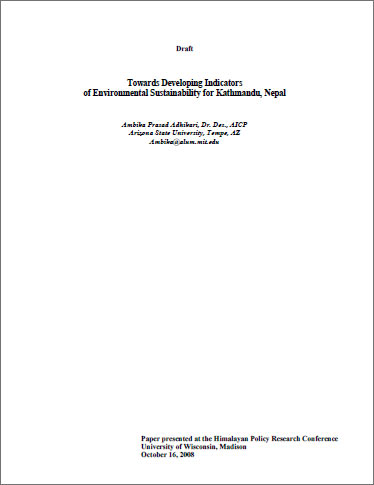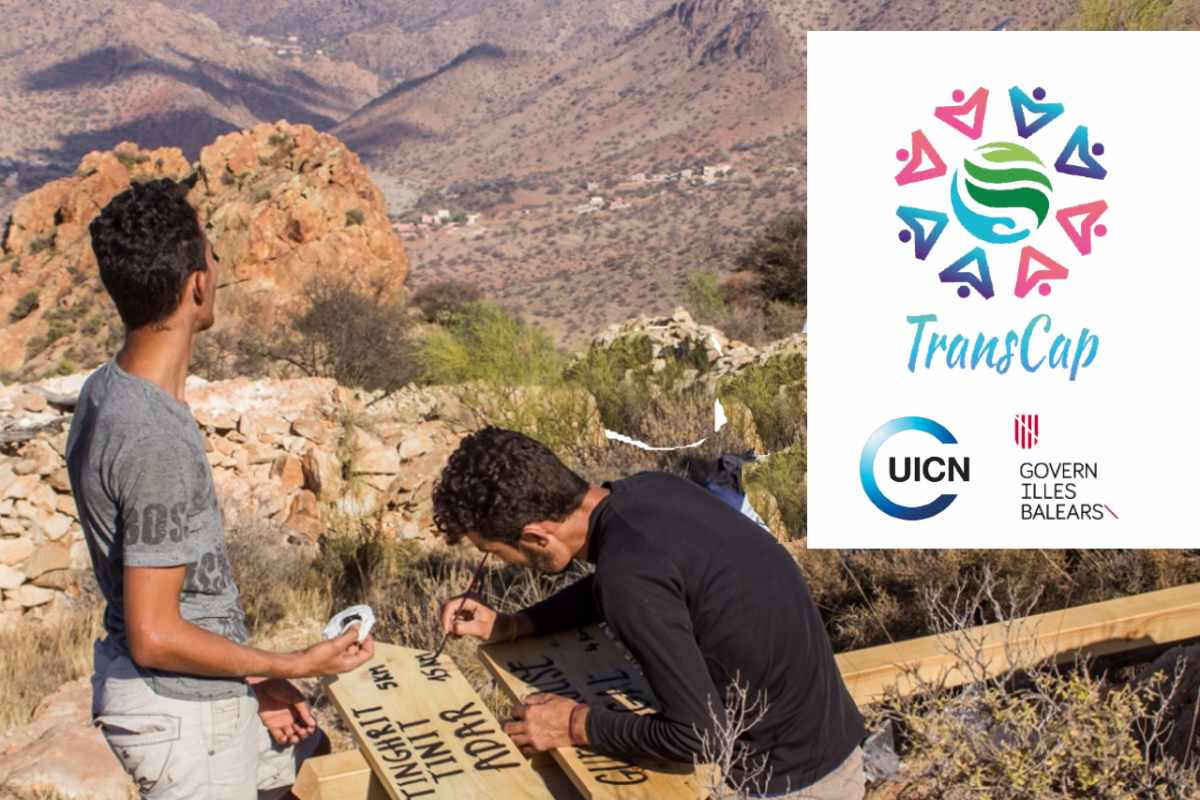Planning for Sustainability in Kathmandu, Nepal: Developing Indicators and Implementing Policies
Abstract: Sustainability is now considered a key objective of urban planning everywhere. However, due to inappropriate planning, weak institutions, lack of resources and poor implementation of policies, most big cities in the developing world have become even less sustainable than they were in the past.

Photo: Ambika P. Adhikari
Kathmandu, Nepal enjoyed a unique tradition, rich history and a moderate state of sustainability in the past. However, the rapidly growing and modernizing city of Kathmandu is facing serious problems of sustainability in all fronts: economic, environmental and ecological. Whereas environmental and economic sustainability was tacitly imbedded in the traditional planning practices in Nepal , the rapid expansion and modernization of all the major cities in the Kathmandu valley is making them increasingly unsustainable.
This paper discusses elements of planning for a sustainable Kathmandu, proposes major indicators of sustainability, and discusses an approach to implement sustainable practices in urban planning and development as appropriate for Kathmandu.
A full version of the paper is available at: https://repository.unm.edu/dspace/handle/1928/6937
About the Author: Ambika P. Adhikari, a CEESP Member from the United States is a Senior Planner with Salt River Indian Community in Scottsdale, Arizona. He is a Faculty Associate in School of Geographical Sciences and Urban Planning at Arizona State University, Phoenix, Arizona, USA. From 1997 to 200, he was the Country Representative of IUCN in Nepal. He has been working on the connection between the practices of urban planning and how planning can mitigate the impacts of climate change and also how good planning can help residents adapt to the impacts of climate change.



